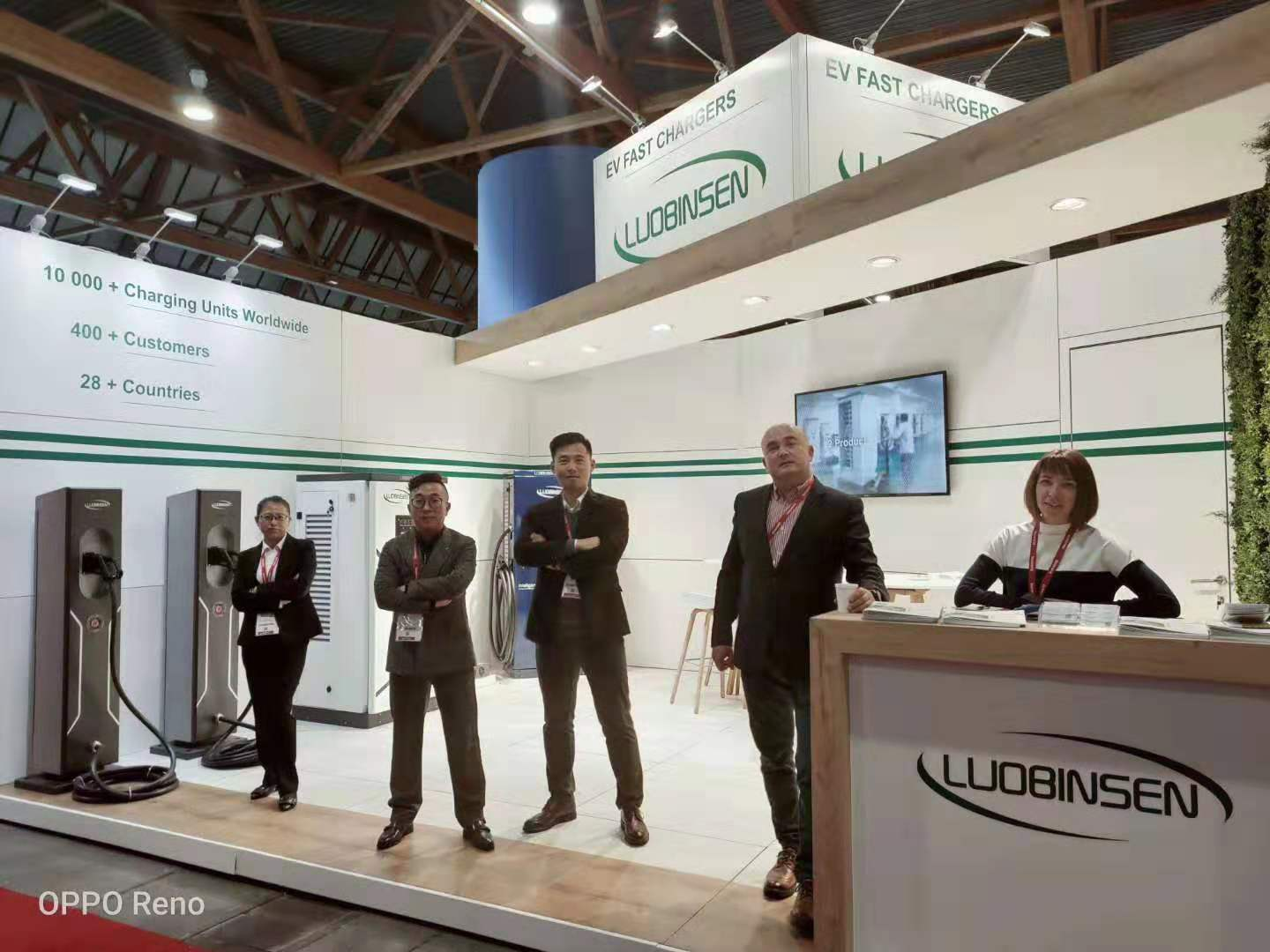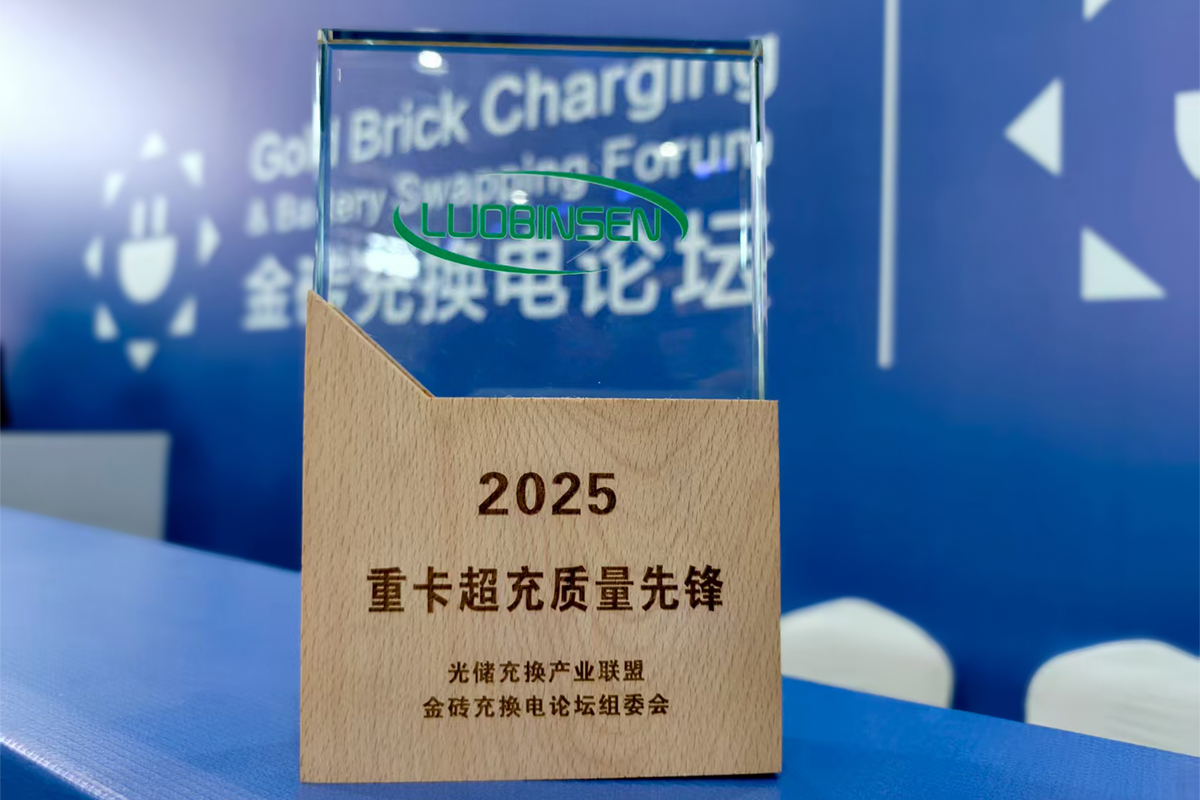In the rapidly evolving electric vehicle (EV) industry, we at Luobinsen focus on providing solutions that are both reliable and efficient for commercial operators. One key factor that often goes unnoticed in DC charging infrastructure is the length of the charging cable. As providers of advanced solutions like the all in one charger, we understand that cable length can directly affect charging speed and overall performance of a dc fast charging station. Ensuring optimal performance requires attention to design, cable management, and operational best practices.

How Cable Length Influences Charging Performance
Cable length can impact resistance, voltage drop, and heat generation during the charging process. Longer cables, while offering flexibility for EV users, may introduce minor voltage losses and increased thermal output, which can slightly reduce charging efficiency. With our all in one charger, designed for high power output ranging from 60kW to 360kW and supporting multiple standards such as GBT, CCS1, CCS2, CHAdeMO, and NACS, we take these factors into consideration. Proper planning of cable length ensures that even high-powered dc fast charging stations maintain consistent output while minimizing energy loss.
Balancing Flexibility and Efficiency
For commercial or fleet operators, the convenience of longer cables must be balanced with performance considerations. In our experience, using a cable that is just long enough to reach vehicle charging ports without excessive slack provides the best results. The all in one charger’s wide voltage output range (DC 200-1000V) allows it to compensate for minor losses due to cable length, maintaining reliable charging for various EV models. We often advise operators to integrate cable management systems that prevent kinks and overheating, ensuring that their dc fast charging station operates safely and efficiently for long-term use.
Selecting the Right Solution for Your Needs
Choosing the appropriate charging infrastructure involves evaluating vehicle types, power requirements, and operational environments. Our all in one charger offers scalable solutions suitable for personal, commercial, and fleet operations. By considering cable length and placement, operators can optimize charging times, reduce wear on equipment, and improve user satisfaction. When planning a dc fast charging station, we emphasize that even small adjustments in cable design can enhance energy efficiency and extend equipment lifespan, making it a practical aspect of system optimization.
Conclusion
In conclusion, we at Luobinsen recognize that cable length is more than a convenience factor; it is a critical component affecting the efficiency and reliability of a dc fast charging station. By carefully selecting cable length and pairing it with our versatile all in one charger, commercial operators can ensure consistent, high-performance EV charging. Thoughtful design choices in charging infrastructure translate directly into better operational outcomes and support the evolving needs of electric mobility.




